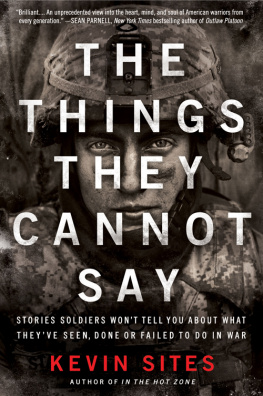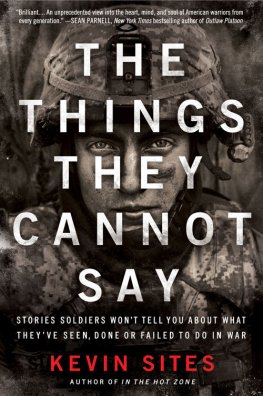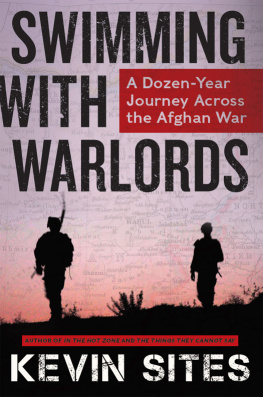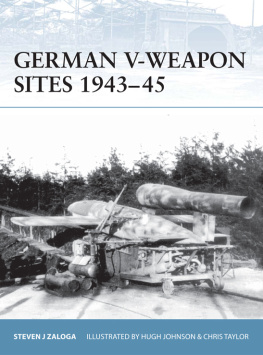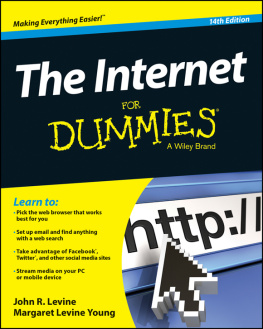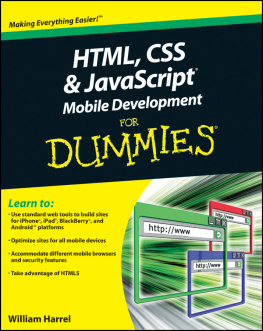Kevin Sites - In the Hot Zone: One Man, One Year, Twenty Wars
Here you can read online Kevin Sites - In the Hot Zone: One Man, One Year, Twenty Wars full text of the book (entire story) in english for free. Download pdf and epub, get meaning, cover and reviews about this ebook. year: 2009, publisher: Harper Collins, genre: Detective and thriller. Description of the work, (preface) as well as reviews are available. Best literature library LitArk.com created for fans of good reading and offers a wide selection of genres:
Romance novel
Science fiction
Adventure
Detective
Science
History
Home and family
Prose
Art
Politics
Computer
Non-fiction
Religion
Business
Children
Humor
Choose a favorite category and find really read worthwhile books. Enjoy immersion in the world of imagination, feel the emotions of the characters or learn something new for yourself, make an fascinating discovery.

- Book:In the Hot Zone: One Man, One Year, Twenty Wars
- Author:
- Publisher:Harper Collins
- Genre:
- Year:2009
- Rating:3 / 5
- Favourites:Add to favourites
- Your mark:
In the Hot Zone: One Man, One Year, Twenty Wars: summary, description and annotation
We offer to read an annotation, description, summary or preface (depends on what the author of the book "In the Hot Zone: One Man, One Year, Twenty Wars" wrote himself). If you haven't found the necessary information about the book — write in the comments, we will try to find it.
Kevin Sites is a man on a mission. Venturing alone into the dark heart of war, armed with just a video camera, a digital camera, a laptop, and a satellite modem, the award-winning journalist covered virtually every major global hot spot as the first Internet correspondent for Yahoo! News. Beginning his journey with the anarchic chaos of Somalia in September 2005 and ending with the Israeli-Hezbollah war in the summer of 2006, Sites talks with rebels and government troops, child soldiers and child brides, and features the people on every side, including those caught in the cross fire. His honest reporting helps destroy the myths of war by putting a human face on wars inhumanity. Personally, Sites will come to discover that the greatest danger he faces may not be from bombs and bullets, but from the unsettling power of the truth.
Kevin Sites: author's other books
Who wrote In the Hot Zone: One Man, One Year, Twenty Wars? Find out the surname, the name of the author of the book and a list of all author's works by series.

